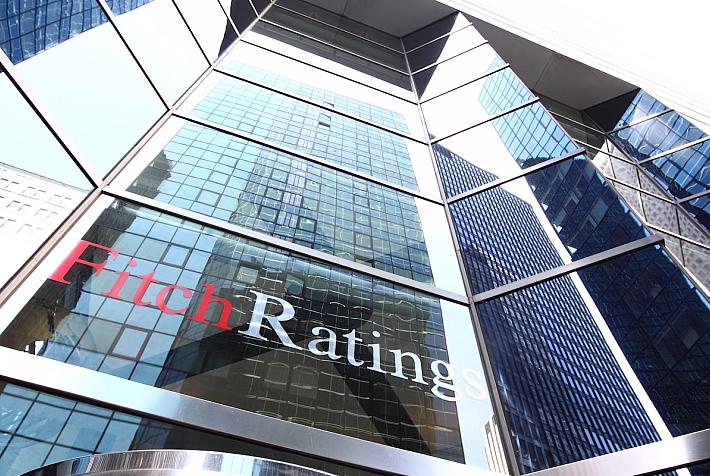The insolvency procedure in Romania – how does it work, what does it entail

 Insolvency is often mistaken for bankruptcy, but in fact the insolvency procedure is a safe net which allows the company to get back on track with due payments while better structuring its business. It may eventually lead to bankruptcy, but only under certain conditions. See what you should expect from the insolvency procedure in Romania and what are the benefits of requesting insolvency.
Insolvency is often mistaken for bankruptcy, but in fact the insolvency procedure is a safe net which allows the company to get back on track with due payments while better structuring its business. It may eventually lead to bankruptcy, but only under certain conditions. See what you should expect from the insolvency procedure in Romania and what are the benefits of requesting insolvency.
The insolvency is a concept we've started to come across more often lately. Many mistake it for bankruptcy. But the difference between the two is essential as they produce different effects. Before going further to saying what you should expect from the insolvency procedure in Romania, let's understand what insolvency is.
The piece of legislation which defines the insolvency (Law 85/2006) describes it as “The insufficiency of funds available for paying certain, liquid and contingent debt.”
Somebody can presume the insolvency when a debtor doesn't pay its debt within 30 days from the payment deadline. The imminent insolvency comes up when it is proven that the debtor won't be able to pay its debt within due time, with the money available on the deadline.
The main purpose or the insolvency procedure is to create a collective procedure so that the insolvent debtor can cover its liabilities. The procedure itself is a sort of intensive therapy for companies.
The most common situation goes like this: a certain debtor can't pay its suppliers; the same firm can't recover money from some of its partners. When the revenues/expenses balance becomes negative, the state of insolvency kicks in. It can be asked by the company itself or by third parties which are interested in recovering as much as possible from their debt.
The insolvent company can go to court within 30 days from the moment the insolvency situation has started and asked for the start of the insolvency procedures. From that moment on, bank debts and penalties are no longer paid and forced executions are stopped, while the firm is trying to recover its own due money from third parties or create liquidities through other means. Also, utilities suppliers are required to supply their services to the debtor during the entire insolvency period. This includes the lenders, of the debtor has leased its work space, even if their lease contract says the cancellation of the contract if one of the parties enters insolvency.
But the insolvency is a two-edged sword. If the company doesn't file the request in 30 days, and it ends up becoming bankrupt after one of its creditors file for insolvency, the debtor may be found guilty for fraudulent insolvency.
Also, if the debtor requests for the insolvency dishonestly, hoping to escape payments, the firm bears the risks of paying for the damages to those he was hoping to defraud.
What happens once a firm starts the insolvency procedure? The insolvency request is usually solved within five days in court. If the request is admitted and the insolvency procedure is open, a judiciary administrator is appointed. A certain administrator can be requested by a debtor when it files for insolvency, or the court can appoint one.
The debtor's shareholders will also appoint a special administrator to represent the firm's interest in the process. Once a judiciary administrator is appointed, the former management is no longer in charge of the firm. Only the special administrator will be involved in the process, but he/she will have limited involvement.
The key to recovery is the reorganization plan, which is created by the special administrator, who is an insider of the business and knows how it works, together with the judiciary administrator.
A list of the debtor's creditors is also created, and these creditor will form the Creditors Assembly. If the reorganization plan is not viable or the creditors don't accept it, then the company enters bankruptcy.
If the plan is viable and accepted, the insolvency procedures can take up to maximum three years, which offers enough time for the debtor to recover, while being managed by an objective administrator. There is no minimum term for recovery. If, say, the firm manages to pay its debt within six months, then it can ask the court to close the insolvency procedure. But if the firm doesn't pay it debt within three years, it automatically becomes bankrupt.
This is a contribution by Iulian Ionda-Serbanescu, lawyer and insolvency practitioner. He owns the Insolvency Practitioner Office Iulian Ionda-Serbanescu, while also holding a senior real estate attorney position with Wood, Oltenasu & Associates law firm.
We currently welcome contributions from our professional readers. Should you have an idea for an Advice piece that you believe to be useful for our expat readership, send an e-mail to editor@romania-insider.com We will agree on a topic and once you submit the text, it will be further edited by our team for clarity, style, language and topic adjustment.











